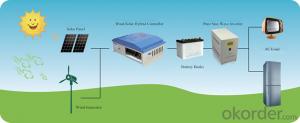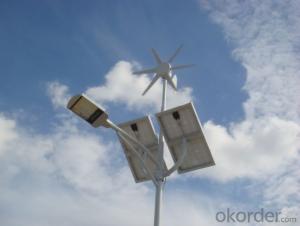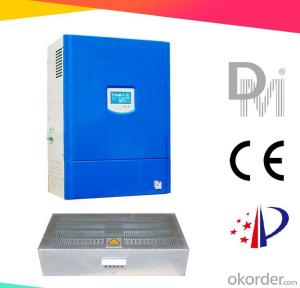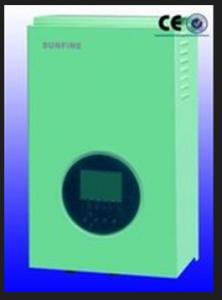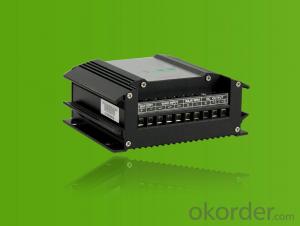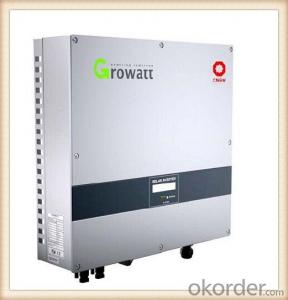20kw Hybrid Solar Inverter
20kw Hybrid Solar Inverter Related Searches
Canopy For Solar Inverter Awning For Solar Inverter Solar Inverter For Rv Inverter For Solar Quality Solar Inverter Best Solar Inverter In Kerala Top Solar Inverter In Pakistan Plug In Solar Inverter Solar Inverter In Pakistan Spd In Solar InverterHot Searches
Type Of Inverter For Solar Types Of Inverter For Solar Used Solar Inverter For Sale Inverter Size For Solar System Solar Edge Inverter For Sale 5kw Solar Inverter For Sale Solar Inverter For Sale Solar Inverter For Battery Solar Inverter For Split Ac Solar Inverter For Laptop Solar Inverter For Fridge Solar With Inverter Price Solar Inverter With 2 Battery Solar Inverter With Ac Outlet Solar Inverter Price In China Best Solar Inverter In China Solar Inverter Price In Dubai Solar Inverter Price In Uae Solar Inverter Price In Kenya Solar Inverter For Fridge20kw Hybrid Solar Inverter Supplier & Manufacturer from China
Okorder.com is a professional 20kw Hybrid Solar Inverter supplier & manufacturer, offers integrated one-stop services including real-time quoting and online cargo tracking. We are funded by CNBM Group, a Fortune 500 enterprise and the largest 20kw Hybrid Solar Inverter firm in China.Hot Products
FAQ
- A grid-tied solar inverter converts the direct current (DC) electricity generated by solar panels into alternating current (AC) electricity that can be fed into the electrical grid. It synchronizes the solar panel's electricity with the utility grid's electricity, allowing the excess power to be sent back to the grid or drawing power from the grid when the solar panels are not producing enough. The inverter also ensures the safety and reliability of the system by monitoring the grid's voltage and frequency, and disconnecting in case of grid failure to protect workers and prevent damage to the system.
- When choosing a solar inverter, it is important to look for certifications such as UL listing, IEC 61727 compliance, and IEEE 1547 compliance. These certifications ensure that the inverter meets safety and performance standards, and is compatible with grid connection requirements.
- Yes, a solar inverter can be used in systems with different module voltages by adjusting its settings or using additional components such as DC optimizers or power optimizers. These components help in matching the voltage of the solar modules to the input voltage range of the inverter, allowing for efficient power conversion.
- No, a solar inverter and a string inverter system are two different types of inverters used in solar power systems. They cannot be used interchangeably as they have different functionalities and are designed for different types of solar installations.
- A solar inverter is designed to handle different temperature conditions by incorporating various protective measures. It typically includes temperature sensors and cooling systems to monitor and regulate its internal temperature. Additionally, it may have heat sinks or fans to dissipate excess heat generated during operation. These features ensure that the inverter operates within its optimal temperature range, maximizing efficiency and protecting it from potential damage caused by extreme temperature variations.
- Yes, a solar inverter can be used with different tracking algorithms. Solar inverters are designed to convert the direct current (DC) power generated by solar panels into alternating current (AC) power suitable for use in homes and businesses. The tracking algorithm is responsible for optimizing the solar panel's output by adjusting the angle and orientation of the panels to maximize sunlight exposure. Different tracking algorithms can be utilized depending on factors such as location, weather conditions, and system requirements. Solar inverters are typically equipped with the capability to support various tracking algorithms, allowing for flexibility and customization to meet specific needs.
- A solar inverter handles voltage fluctuations by continuously monitoring the input voltage from the solar panels. When there is a fluctuation in the input voltage, the inverter adjusts its internal circuitry to ensure a stable and consistent output voltage. This helps protect the connected appliances and grid from potential damage caused by sudden voltage changes.
- A solar inverter handles voltage and frequency regulation by converting the direct current (DC) generated by solar panels into alternating current (AC) that matches the voltage and frequency of the electrical grid. It does this by using advanced power electronics and control systems to monitor and adjust the output voltage and frequency to meet the required standards. This ensures that the electricity generated by the solar panels is compatible with the grid and can be seamlessly integrated into the existing power supply.




